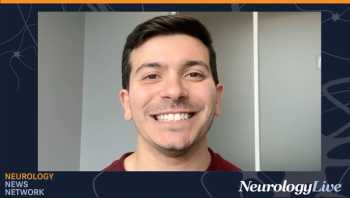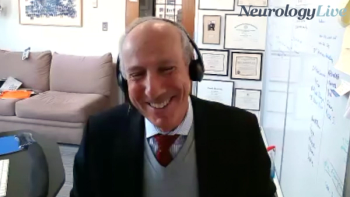
Corticosteroid Use in Duchenne Muscular Dystrophy Management
An expert discusses how a 13-year-old boy with Duchenne muscular dystrophy faces the challenging transition to complete loss of ambulation, emphasizing the importance of gradual introduction of assistive devices and psychological support during this developmentally difficult period.
Episodes in this series

Video content above is prompted by the following:
This segment explores the 3 primary corticosteroid options for Duchenne muscular dystrophy (DMD) treatment: prednisone (0.75 mg/kg/day), deflazacort (0.9 mg/kg/day), and vamorolone (a dissociative corticosteroid). All three provide approximately 2-year delays in disease milestones, but each has distinct adverse effect profiles. Short-term concerns include weight gain, hirsutism, Cushing changes, and behavioral issues, while long-term use raises concerns about growth suppression, bone health deterioration, and cataracts.
Vamorolone shows promise for reduced behavioral impact and potentially better growth and bone health outcomes compared to traditional steroids, though long-term data remains limited to younger patients (aged 4 to 8 years). Alternative dosing schedules, including weekend-only or intermittent regimens, may help manage adverse effects while maintaining some therapeutic benefit. The segment emphasizes the critical safety consideration that steroids cannot be stopped abruptly due to adrenal insufficiency risks.
Compliance becomes particularly challenging during adolescence as patients assert independence and may reject medications due to cosmetic changes or desire to appear "normal." John Brandsema, MD, stresses the importance of individualized treatment decisions based on the patient's overall disease trajectory, adverse effect tolerance, and family preferences. The discussion also addresses the ongoing debate about optimal steroid dosing in the nonambulatory phase, with many providers reducing doses to minimize long-term complications while preserving upper extremity and cardiopulmonary benefits.
Newsletter
Keep your finger on the pulse of neurology—subscribe to NeurologyLive for expert interviews, new data, and breakthrough treatment updates.






































